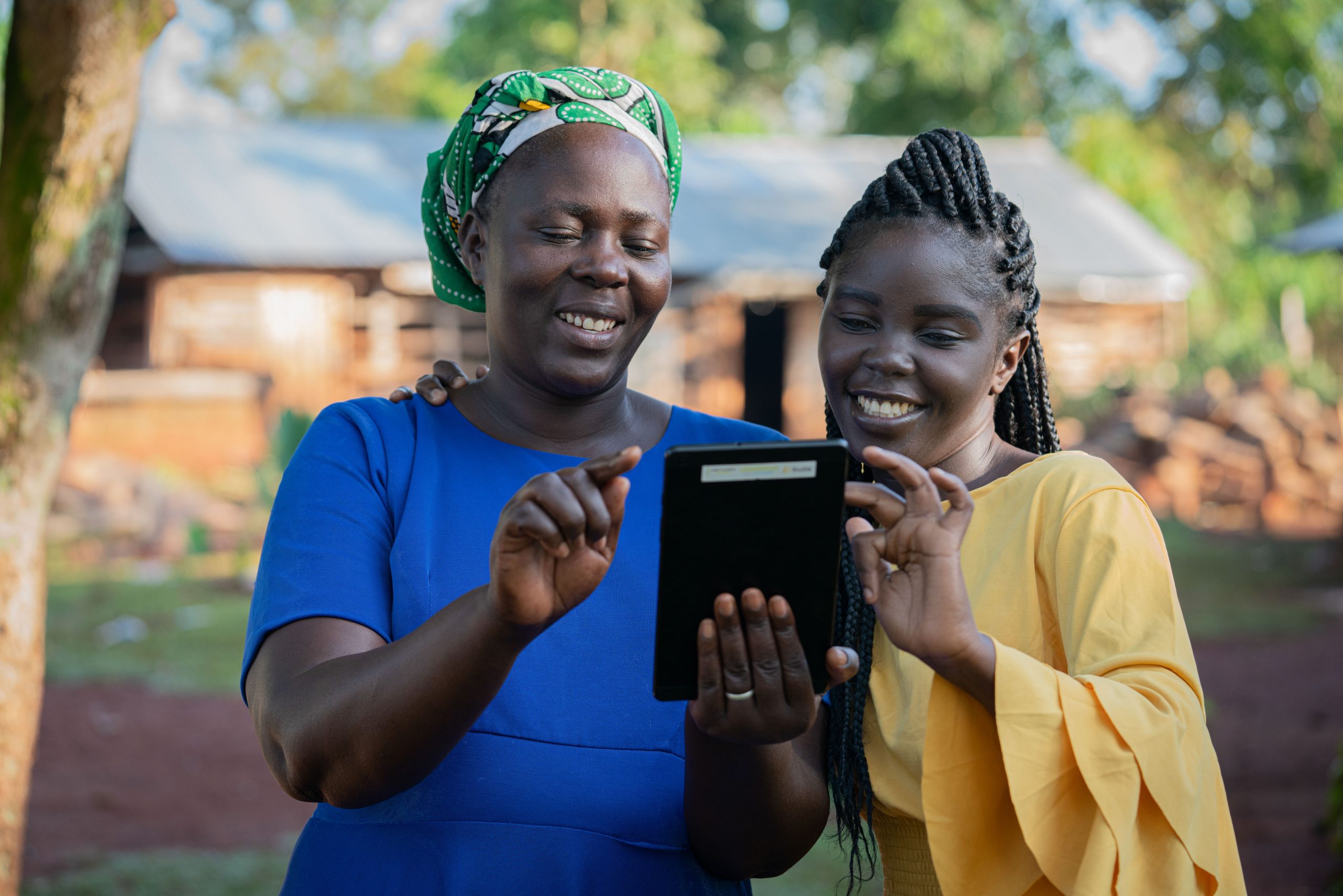The Starbucks Foundation and AgriFin engaged Producers Direct, Busara, and other partners to understand how to raise awareness to reduce the impact of COVID-19 0n coffee and tea farmers, while supporting sustainable production and inclusion.
>Download the PDF version of this blog post.
A decision alone is not enough, it must be an informed one. To achieve highly impactful decisions, one must have access to quality information, shared through the right reliable channels, and at the right time. Living through a global pandemic is one instance where quality information is paramount. For farmers—who rely on labor in a communal and in-person way—it was particularly important to have clear information on the prevention and management of COVID-19, especially regarding the availability and effectiveness of vaccines.
The Starbucks Foundation and AgriFin engaged Producers Direct, Busara, and other partners to understand how we can raise awareness to reduce the impact of COVID-19 on coffee and tea farmers, while supporting sustainable production and inclusion. Additionally, we sought to prepare farmers for the COVID-19 vaccine by strengthening content and digital channels used to distribute critical public health information related to vaccines. Doing so, we believed, would help farmers make informed choices around COVID-19 management and vaccine uptake. The project reached over 500,000 farmers, with learnings from our study outlined below.
Using a mix of qualitative and quantitative methods, phase 1 of our study aimed to better understand farmers’ information needs, by finding out: (i) what they need to hear; (ii) where they get their information, and; (iii) where they prefer to receive information from. We found that livelihoods and crop cycles were the top concerns for farmers, and any information shared with them would need to address working safely in farms, and post-harvest travel to markets, rather than generic COVID-19 messaging.
As for how they received farming and COVID-19 information, farmers ranked TV, SMS, radio, and in-person interactions as the top sources across all age groups. Farmers value being able to ask clarifying questions, making in-person communication particularly effective. Social media did not rank too highly on trust, and only the younger farmers occasionally rely on WhatsApp as their source of information. Ultimately, there was a near unanimous preference for receiving information through SMS, as farmers found it both convenient and trustworthy.
We followed up these learnings by developing two campaigns featuring combinations of either SMS and TV, or SMS and in-person communication. These campaigns specifically sought to evaluate the impact of current communication campaigns on knowledge, attitudes, and behavior (KAB) regarding Covid-19 and safe farming practices among selected farmers. The SMS + in-person Covid-19 campaign had a positive effect on behavior, and farmers began practicing social distancing and mask-wearing. Unfortunately, this change in behavior did not last long, as it did not match the change in knowledge and attitude.
For phase 2 of the study, we theorized that increasing the frequency of messaging to farmers would lead to more and lasting behavior change. We tested this rapidly using a mini randomized control trial, with three treatment groups. The first group received one message during the study period, the second group received one message weekly for four weeks, while the last group—the control group—did not receive any messaging. Surprisingly, there was no difference in behavior between those who received treatment, and the control group. This meant that our theory did not hold.
We were baffled.
Determined to understand how farmers interact with information, we changed tact. Following interviews with 30 farmers, we developed an information process flow from the moment they receive information, to when they act and share it with other farmers. Breaking it down this way enabled us to map out barriers and levers at every point of the process, which could then explain some of the key factors that drive, and influence, behavior change among farmers.
Some insights from farmers’ access to information suggest that the person who delivers a message has an impact on how farmers pay attention and perceive it. For instance, farmers are more attentive to information from the Ministry of Health, and medical professionals. The visual appearance of materials was also an important factor, as it helps to capture attention and increase understanding of information by farmers. In the same breath, farmers reported that receiving the same information repeatedly could become a nuisance, and lead to information saturation and fatigue.
Regarding information processing, simplifying messages, integrating vernacular language, and personalizing messages improves understanding of, and interaction with, information. Finally, fear of COVID-19 infection, and awareness of other farmers affected by COVID-19, influenced action by encouraging adherence to protective measures by farmers.
Other key influences noted are:
1. Social proof: When evaluating their actions farmers are likely to follow a social norm.
2. Authority bias: Decision-making regarding COVID-19 is made at an individual level by farmers, but influenced by influential individuals in the community, specifically community leaders and educated farmers. Therefore, leveraging figures of authority increases credibility of, and trust in, information campaigns.
Behavior change is highly dependent on farmers being armed with the right information, brought to them in a way they trust and understand. Only then can they really make informed decisions.
Going forward, designing COVID-19 communication material and campaigns for farmers should consider the various components of messaging across the information processing flow. Personalizing and blending these components with impactful communication channels—rather than generalizing messages and media—would be most effective at driving behavior change.
For more details, please read the full report here.
Related Articles
- For AgroMall, Extending Credit to Women Requires First Convincing Men
- DigiFarm Leveraging Credit Scoring to Serve Women Smallholder Farmers’ Financial Needs
- Impact of DigiFarm on Smallholder Farmers
- Optimizing Digital Data Sharing in Agriculture
- Social Networks and Agricultural Insurance- Learning from the Pula Referral System.

